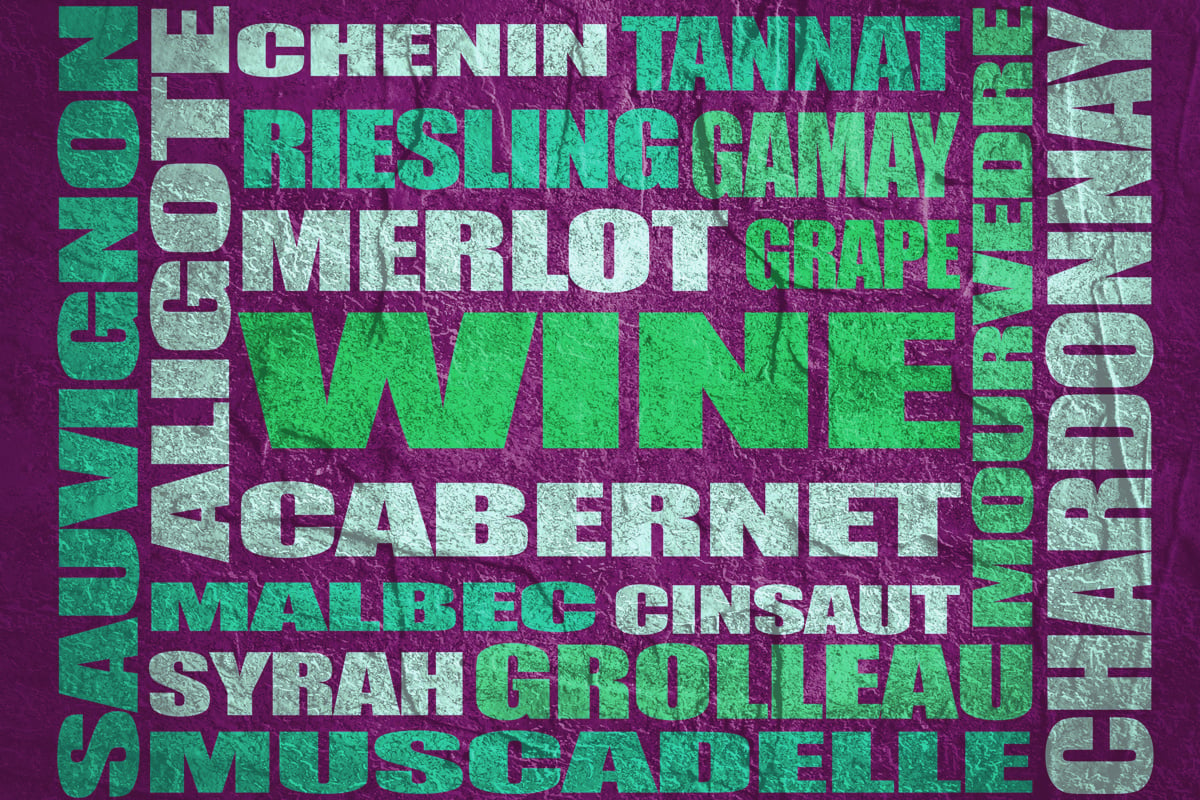Blends - Approach, Mid-Palate, and Finish
- Posted on
- Posted in Blends, grenache, Mourvedre, Rhône, South Africa, Syrah, Western Cape
- 0

Our blog has featured discussions of red blends over the past year or two, like this one on Red Blends and this one Red Blends Redux. Red blends are very popular-selling wines because of how they are intentionally made to give your palate a full experience. What do we mean by "full experience?" Read on.
A full experience, when it comes to wine, means that it hits your palate in all the right places. Your first sip is what is often referred to as "the approach," or "the attack." The wine passes your lips and you feel the acidity often right in the front of your mouth. You may find that your mouth puckers a bit or that you start to salivate. As you drink and swallow your sip of wine, notice how long the flavor lasts in your mouth. This is called "the finish." If the finish seems to go on, say thirty seconds or more, that would be a long finish.
What comes between the approach and the finish is what is called "the mid-palate." This is not a precise specific spot in your mouth, but more the sensation and taste that comes between the approach and the finish. Does the wine have a strong approach and then seems to taper off to a short finish? That is probably not a desirable quality.
Well-structured wines have a good approach, mid-palate, and long finish. This is where blending comes in. For this example, we’ll discuss a Southern Rhône G-S-M (Grenache, Syrah, Mourvèdre) blend. Syrah brings bold black fruit and black pepper up front to this blend, but tends to have a soft finish. Grenache has flavors of red berries that become juicy in the mid-palate, and it has a tingly herbal-citrus finish. Finally, Mourvèdre is savory, and can provide black fruit flavors, game meat, and black pepper to the blend, adding additional layers to the finished wine.
If we could sketch a chart of Syrah, Grenache and Mourvèdre, we’d see that Syrah has a high peak during the approach. The Grenache comes in softer on the approach and has it’s crescendo at your mid-palate. The Mourvèdre doesn’t have a big peak or crescendo but provides a longer baseline that takes you through to the finish.
Blending is the way to make the best wine possible. Where one grape lacks acidity, color, body, alcohol, tannins, approach, mid-palate, or finish, other grapes can be blended in to make the wine complete, in balance and well-structured. Winemakers will often spend hours or days blending different percentages of wine from different grapes together in what is known as blending trials. The goal is to find the ultimate blend to represent their winemaking style and palate.
Occasionally, you will hear the term "linear" used, when it comes to wine. Linear means that the wine does not have peaks or crescendos. It means there is no big build up of flavors or sensation. Instead, the wine maintains its profile from approach through mid-palate, to the end of the finish.
For our weekend tasting coming up Friday, February 26, and Saturday, February 27, 2021, City Vino will be pouring four red blends for you to try. Feel free to try them and see if you taste that approach, mid-palate, and finish. Our first wine is the 2017 Ernie Els Big Easy Red, from the Western Cape of South Africa. It is a blend of 60 percent Shiraz, 20 percent Cabernet Sauvignon, 5 percent Grenache, 5 percent Mourvèdre, 5 percent Cinsault, and 5 percent Viognier. Does 5 percent of a certain grape really make a difference in the final wine? Yes, it does. It may be subtle, but it adds to the layering of flavors and sensations.

Comments
Be the first to comment...